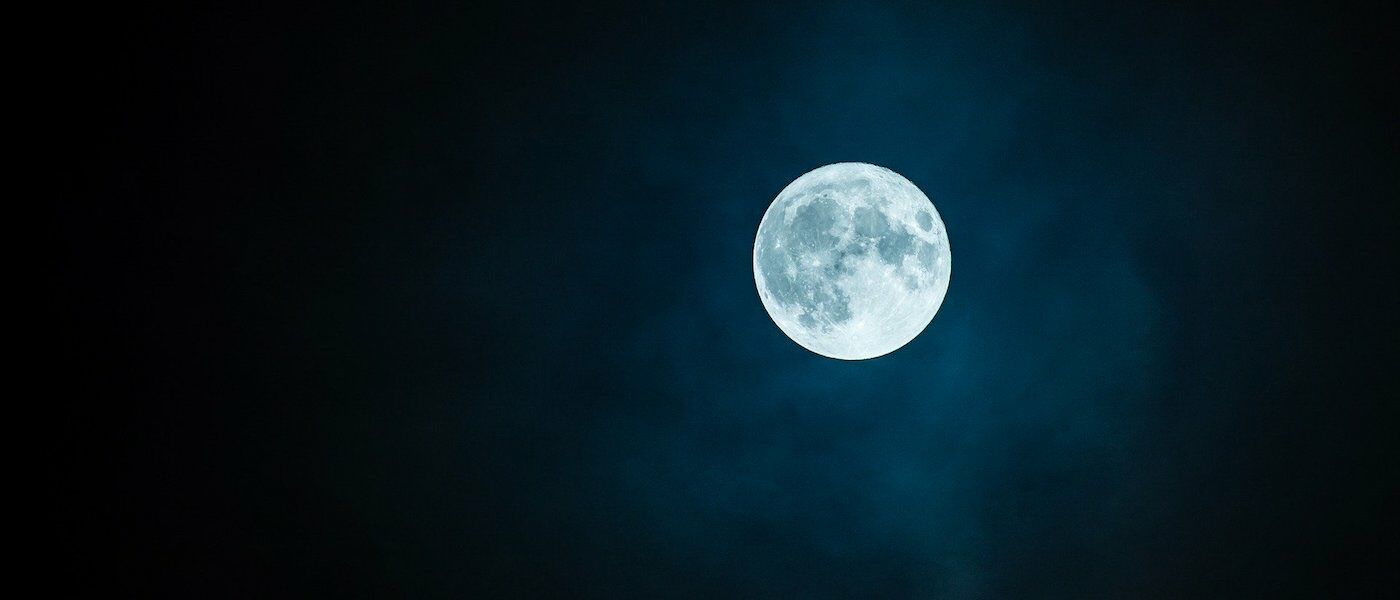There’s more water on the Moon than we thought – and in safer, more accessible places

NASA made a major announcement this week: there’s more water on the Moon than previously thought!
Scientists have already discovered that water exists in sunless craters near the lunar poles. However, in a new paper published in Nature Astronomy, a team of astronomers revealed they have found clear evidence that water exists even in areas of the Moon that are in direct sunlight.
Why does this discovery matter so much? Humans need water for drinking, of course, but water can also be broken out into oxygen to breathe, and into both oxygen and hydrogen for rocket fuel. If water can be collected from more accessible areas of the Moon, rather than only in deep and potentially dangerous craters near the poles, this discovery could be a game-changer in planning future human missions.
This discovery was made using SOFIA (“Stratospheric Observatory for Infrared Astronomy”), a 106-inch infrared telescope mounted on a 747 jumbo jet. This discovery could not have been made from the ground, where the water in our own atmosphere would have interfered with the study. However, from an altitude of 45,000 feet and thus above 99.9 per cent of the water in our own atmosphere, SOFIA discovered clear chemical fingerprints for water in Clavius, a large crater in the southern region of the moon.
Interested in more space stories like this one? Be sure to catch a show in LSC’s Jennifer Chalsty Planetarium, the biggest planetarium in America. Click here to see what’s currently playing and get tickets.
